The men’s shoe industry has witnessed a significant surge in sales over the years, driven by changing fashion trends, increasing disposable income, and a growing desire for stylish and comfortable footwear. This article aims to provide a comprehensive summary of the men’s shoe sales market, analyzing the current trends, strategies implemented by retailers, and potential growth opportunities in the industry. 1. Current Market Trends: a. Changing Footwear Preferences: Men are increasingly seeking versatile footwear options, including sneakers, loafers, dress shoes, and boots, that offer both style and comfort. The demand for athletic shoes has also seen a substantial rise in recent years.
leather
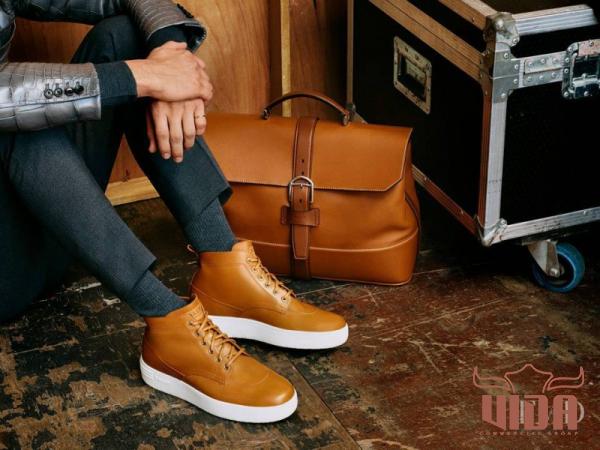 b. Online Sales Growth: The online marketplace has become an integral part of men’s shoe sales, with customers appreciating the convenience of browsing and purchasing footwear from the comfort of their homes. c. Sustainable and Ethical Footwear: The growing awareness regarding sustainability and ethical production processes has led to an increased demand for eco-friendly and ethically sourced men’s shoes. 2. Strategies Implemented by Retailers: a. Omni-channel Approach: Retailers are adopting a multi-channel sales strategy, integrating brick-and-mortar stores with online platforms to provide a seamless shopping experience for customers. b. Personalization and Customization: Many shoe retailers are offering personalized and customized shoe options to cater to individual preferences, enabling customers to design their own shoes through online platforms. c. Influencer Marketing: Collaborating with fashion influencers and celebrities has become a popular marketing strategy, as their endorsement of certain shoe brands appeals to the target audience and enhances brand visibility.
b. Online Sales Growth: The online marketplace has become an integral part of men’s shoe sales, with customers appreciating the convenience of browsing and purchasing footwear from the comfort of their homes. c. Sustainable and Ethical Footwear: The growing awareness regarding sustainability and ethical production processes has led to an increased demand for eco-friendly and ethically sourced men’s shoes. 2. Strategies Implemented by Retailers: a. Omni-channel Approach: Retailers are adopting a multi-channel sales strategy, integrating brick-and-mortar stores with online platforms to provide a seamless shopping experience for customers. b. Personalization and Customization: Many shoe retailers are offering personalized and customized shoe options to cater to individual preferences, enabling customers to design their own shoes through online platforms. c. Influencer Marketing: Collaborating with fashion influencers and celebrities has become a popular marketing strategy, as their endorsement of certain shoe brands appeals to the target audience and enhances brand visibility.
Specifications of leather
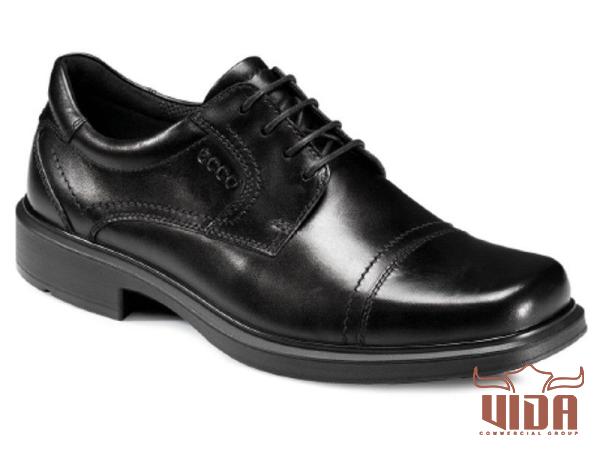 3. Key Players and Competitors: a. Athletic Shoe Brands: Nike, Adidas, Reebok, and Under Armour are dominant players in the athletic shoe segment, constantly innovating and launching new styles to keep up with consumer demands. b. Luxury Brands: High-end fashion houses like Gucci, Prada, and Louis Vuitton have diversified their offerings by including men’s shoe collections, targeting style-conscious consumers with their premium designs and craftsmanship. c. Specialty Retailers: Companies like Allen Edmonds, Clarks, and Cole Haan cater specifically to men’s shoe needs, offering a wide range of options for various occasions, including formal, casual, and business attire. 4. Growth Opportunities: a. Emerging Markets: As the fashion-conscious male population continues to grow in emerging economies, such as China and India, these markets present significant opportunities for men’s shoe sales. Retailers can tap into these markets by expanding their distribution networks and understanding local preferences.
3. Key Players and Competitors: a. Athletic Shoe Brands: Nike, Adidas, Reebok, and Under Armour are dominant players in the athletic shoe segment, constantly innovating and launching new styles to keep up with consumer demands. b. Luxury Brands: High-end fashion houses like Gucci, Prada, and Louis Vuitton have diversified their offerings by including men’s shoe collections, targeting style-conscious consumers with their premium designs and craftsmanship. c. Specialty Retailers: Companies like Allen Edmonds, Clarks, and Cole Haan cater specifically to men’s shoe needs, offering a wide range of options for various occasions, including formal, casual, and business attire. 4. Growth Opportunities: a. Emerging Markets: As the fashion-conscious male population continues to grow in emerging economies, such as China and India, these markets present significant opportunities for men’s shoe sales. Retailers can tap into these markets by expanding their distribution networks and understanding local preferences.
buy leather
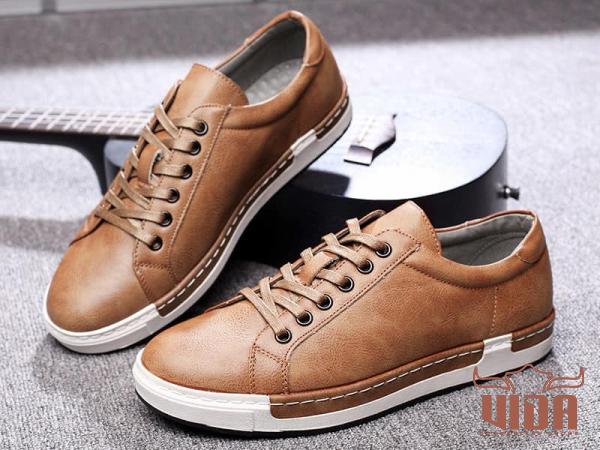 b. Personalized Online Experience: Investing in advanced digital technologies, such as augmented reality (AR) and virtual reality (VR), can enhance the online shopping experience, allowing customers to virtually try on shoes and make more informed purchasing decisions. c. Sustainable and Ethical Initiatives: With the rising demand for sustainable and ethically produced footwear, incorporating eco-friendly materials and adhering to ethical manufacturing practices can provide a competitive advantage for shoe brands. Conclusion: The men’s shoe sales market is experiencing rapid growth and evolving trends, driven by changing fashion preferences and increasing consumer awareness. Retailers must adapt to these changes by implementing omni-channel strategies, exploring personalization options, and leveraging influencers to stay competitive. Additionally, targeting emerging markets and showcasing a commitment to sustainability and ethical practices can open up new avenues for growth in the industry. By staying attuned to market trends and embracing innovation, both established players and new entrants can thrive in the men’s shoe sales market.
b. Personalized Online Experience: Investing in advanced digital technologies, such as augmented reality (AR) and virtual reality (VR), can enhance the online shopping experience, allowing customers to virtually try on shoes and make more informed purchasing decisions. c. Sustainable and Ethical Initiatives: With the rising demand for sustainable and ethically produced footwear, incorporating eco-friendly materials and adhering to ethical manufacturing practices can provide a competitive advantage for shoe brands. Conclusion: The men’s shoe sales market is experiencing rapid growth and evolving trends, driven by changing fashion preferences and increasing consumer awareness. Retailers must adapt to these changes by implementing omni-channel strategies, exploring personalization options, and leveraging influencers to stay competitive. Additionally, targeting emerging markets and showcasing a commitment to sustainability and ethical practices can open up new avenues for growth in the industry. By staying attuned to market trends and embracing innovation, both established players and new entrants can thrive in the men’s shoe sales market.
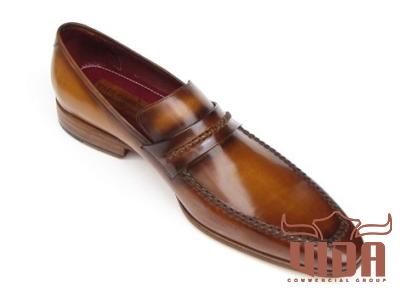
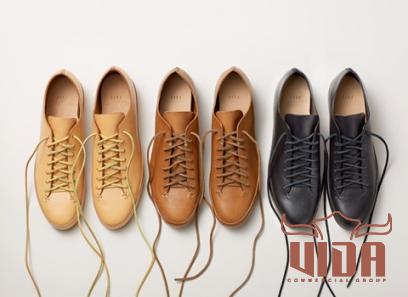
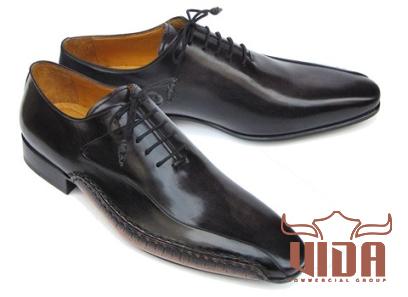
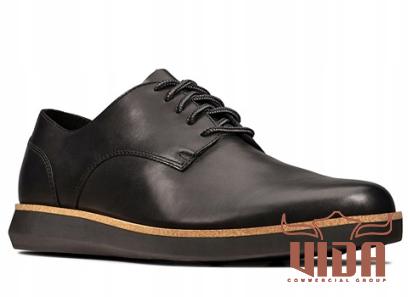
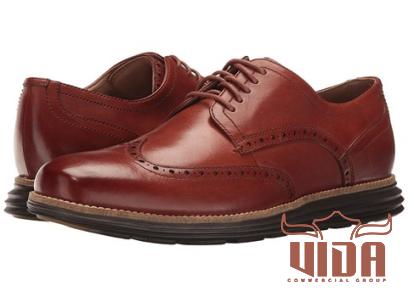
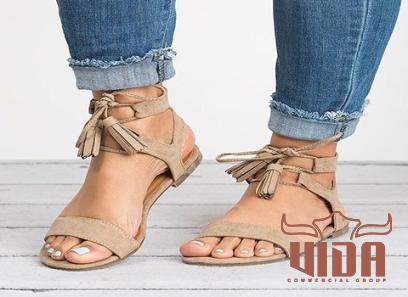
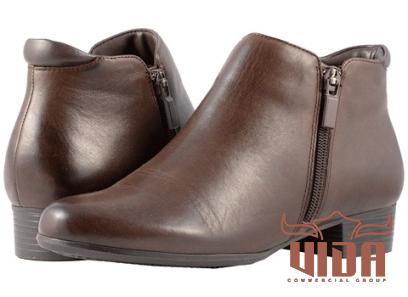
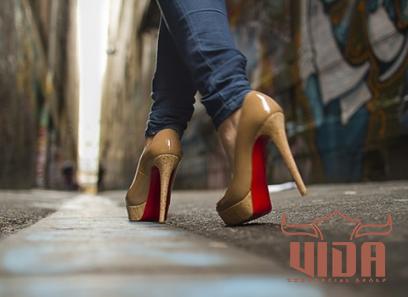

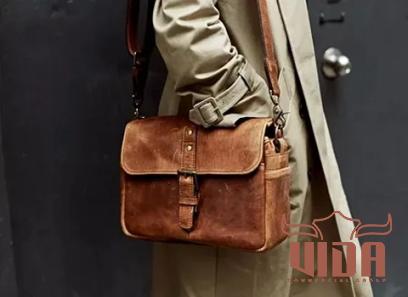
Your comment submitted.